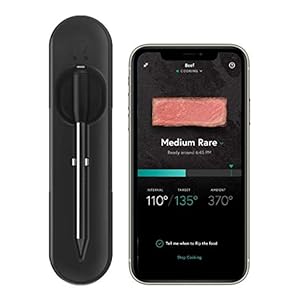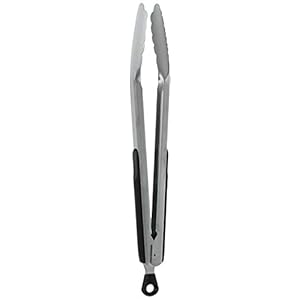
They are saying you’ll be able to’t have your cake and eat it, too. However in relation to some both/ors, you actually can. Take coated versus open pots: You’ll be able to have the lid on, off, or each. Typically, that third possibility is so simple as cracking the lid, however I am additionally a giant fan of the parchment paper lid, which supplies simply sufficient cowl, however not an excessive amount of, for no matter you are cooking.
Why would you need to partially cowl a pot? On the danger of stating the apparent, it is to get a few of the advantages of each lid-on and lid-off cooking. With a lid absolutely on a pot, many of the steam launched by the meals is trapped within the vessel. This hinders browning, because the temperature-limiting results of water dripping again onto the floor of the stew can severely decelerate that course of. And, as a result of the steam condenses on the lid after which drips again down onto the meals, it additionally prevents liquids from evaporating and decreasing. With a pot fully uncovered, then again, browning can happen extra quickly on any meals that are not submerged within the liquids, and the steam can escape, permitting these liquids to prepare dinner down.
In a state of affairs like a stew or a braise, although, we would like some browning and evaporation for taste growth—simply not an excessive amount of too quickly. That is the place the cracked-lid and parchment paper–lid choices are available: They supply a partial barrier to the steam’s escape with out absolutely blocking it.
Parchment vs. Cracked Lid
Selecting between the cracked-lid method and the parchment paper one comes down to a couple concerns. A lid, in case your pot has one, is the better of the 2, requiring no work. It is so simple as setting the lid onto the pot, considerably askew. However I’ve all the time struggled with simply how cracked a lid must be, and typically I discover that it bounces between being too efficient of a canopy when simply barely cracked, and never efficient sufficient when the crack is widened just a bit extra.
A parchment paper lid, then again, takes a minute or two to arrange. However as soon as prepared, it does an admirable job of offering a semipermeable cowl for all of the meals within the pot. It is also extremely straightforward to make. Here is how:
Step 1: Measuring and Folding
Begin by chopping a sq. piece of parchment paper that is simply barely bigger than the pot itself.
Critical Eats / Vicky Wasik
Fold that sq. in half, after which in half once more. You will have a quarter-size sq. with two edges which can be open and two which can be closed. Now fold this smaller sq. in half on the diagonal to kind a triangle, protecting the closed sides collectively, after which fold that triangle in half lengthwise a pair extra instances to kind a slender wedge; with every fold, be sure that the closed sides keep collectively.
Step 2: Trim to Match
Maintain the wedge as much as the pot in order that its level is true on the pot’s middle, then use scissors to trim the wedge in order that it simply matches contained in the pot’s edge. In math phrases, you need the wedge’s size to match the radius of the within of the pot. (If it is a tiny bit smaller, that is high-quality, however bigger will not work, for the reason that paper lid will not match contained in the pot.)
Critical Eats / Vicky Wasik
Step 3: Make a Vent and Unfold
Subsequent, snip off the tip of the wedge. This may create a middle vent on the unfolded lid.
Now unfold the lid and ensure that it matches simply contained in the pot. If it is too large, trim round its edge slightly extra till it does.
Critical Eats / Vicky Wasik
Whenever you’re able to cowl your pot, merely press the paper lid straight onto the floor of that meals. Many of the parchment paper we dwelling cooks use is available in a roll, so the lid will tend to twist up on itself, which generally is a drawback if it curls up off the meals. To forestall that, be sure that to place the paper lid in order that it curls downward towards the meals.
You’ll be able to elevate the lid off utilizing tongs at any level to examine the progress of your stew or braise, then reset it to proceed the cooking (or take away it if the meals is almost accomplished and also you need slightly extra browning and evaporation throughout the previous couple of minutes). Whenever you’re accomplished, simply toss it—you’ll be able to have your parchment paper lid, however you’ll be able to’t reuse it. That’d be gross.
November 2019
Trending Merchandise











